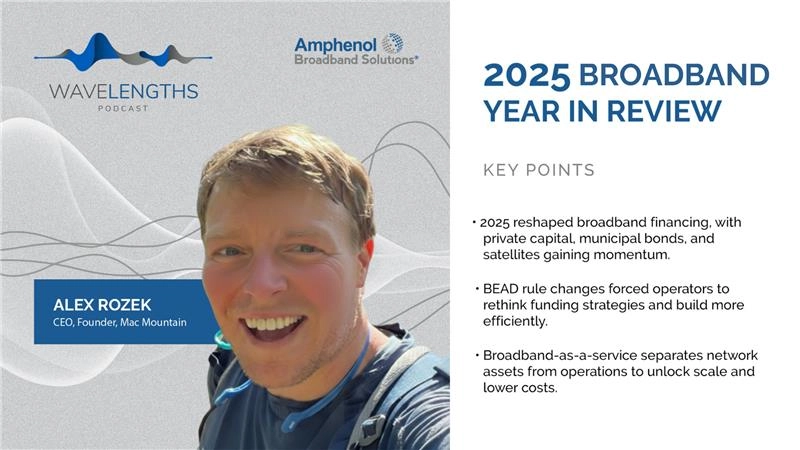What Does it Mean to Implement Autonomous Drones?
Welcome to this week’s episode of “Drones in America,” a MarketScale podcast hosted by Grant Guillot.
On “Drones in America,” Guillot and industry leaders, influencers and experts explore the rapidly growing commercial drone industry in the U.S., guiding you through the complex web of technology, policy and more.
On this bonus episode of Drones In America, Guillot sits down with Ariel Avitan, Chief Commercial Officer of Percepto, and Sean Guerre, Managing Director of InnovateEnergy, to discuss what implementing “autonomous” drones really means and how critical infrastructure facilities pose the most complicated challenge for drones.
Avitansaid that, when looking at going “autonomous,” most are referring to the work that the UAV is actually doing. The end user still might have an observer or someone off site monitoring the mission. Percepto has helped pull off drone missions when they were 6,000 miles away in the Tel Aviv area and the drone was flying around a critical infrastructure in America.
“Because the system is automated using AI and machine vision, it creates a lot of missions that the person on site is just there to look at the vehicle and mitigate an error,” Avitan said.
Guerre’s work with InnovateEnergy involves anything that is working with an unmanned vehicle, from the stars to the seafloor. Through his work in the energy sector, he has seen aerial vehicles that are now making contact with the critical infrastructure that help with cleaning and repairs instead of just visual tasks such as mapping.
All three gentlemen will be speaking at the webinar “Boosting Energy Production: with Autonomous Drones” to discuss:
- The issues and challenges facing the energy industry
- The trends and advantages of using drones and automation
- Regulatory developments
- Specific use cases that demonstrate the ROI of autonomous drones










